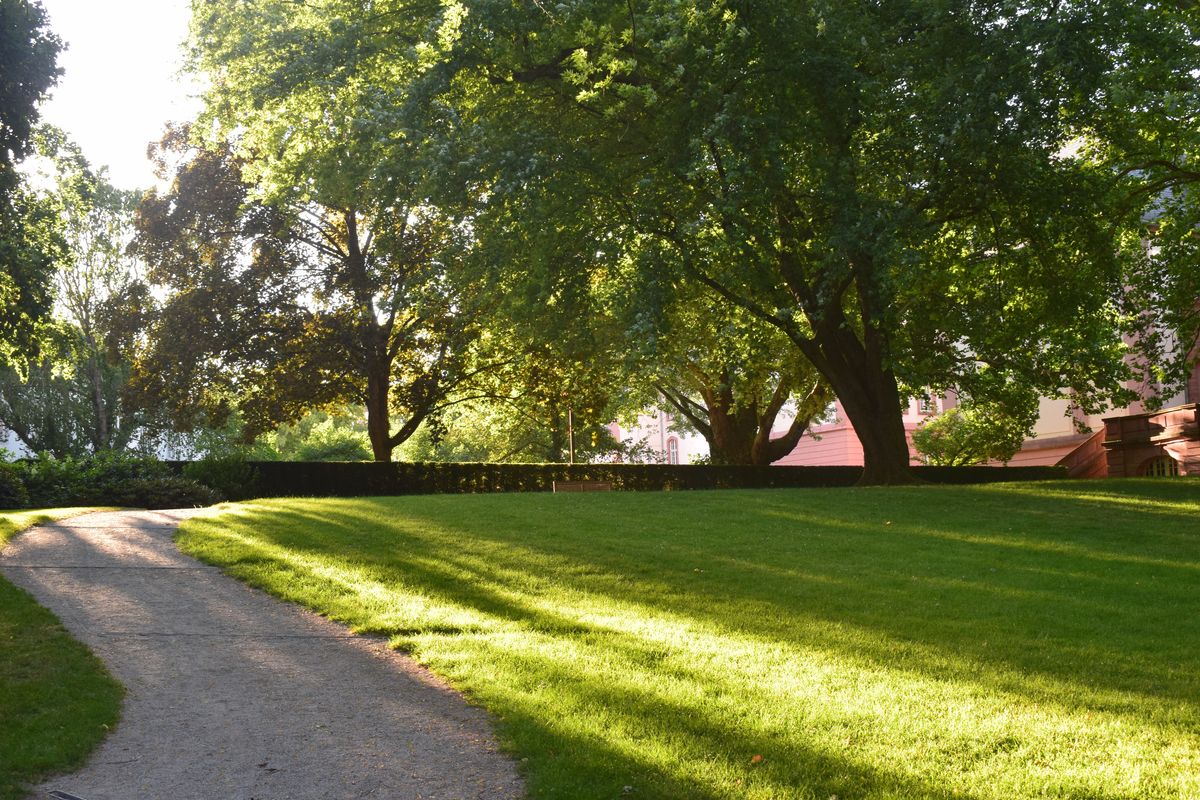This season, Franklin Country has been on a Critical Drought Alert. This has caused havoc for many of our lawns.
Unfortunately, saving a drought-stressed lawn isn’t as simple as taking out your garden hose. In fact, you may not legally be allowed to water your lawn during an active drought if you live in an area that has introduced water restrictions. So, what do you do? Here’s how to keep your grass green during a drought.
1. Water Your Lawn 1 to 2 Inches Per Week
Watering is the obvious way to help drought-stressed grass but it’s not always feasible. If there are no water restrictions in place, how often you need to water your lawn depends on a few different factors. In spring, you may only need to water it once or twice, but in the heat of summer, you should:
Water your lawn two to three times a week.
Ensure your lawn gets one to two inches of water per week.
As a general rule, water your lawn as soon as your grass starts to wilt or change color. If you're in a climate with particularly high temperatures, make sure you split up watering to account for evaporation. Keep in mind that some grasses turn yellow or brown when they go dormant. In this case, they may not need water at all or only require a very small amount.
2. Don’t Over-water
Following drought safety protocols is important, but sometimes homeowners have the urge to dump a ton of water on their lawn as soon as drought restrictions are lifted. This action does more harm than good because your delicate, drought-stressed grass can’t handle it. Water your lawn in 15- to 20-minute intervals, with one to two days between watering. The water needs time to saturate the soil and reach the roots.
3. Leave Your Grass Alone
To keep your grass green during a drought, avoid additional stress. You should minimize damage whenever possible: don’t walk on your grass, don’t drag garbage bins or other equipment across your lawn, and don’t use your mower to get rid of weeds. The main goal is to avoid disturbing the delicate leaf system, which is more prone to damage when it can’t get enough water.
4. Dethatch Your Lawn
Though you should generally avoid messing with a drought-stressed lawn, detaching can help it better absorb moisture (even if there’s not a lot of moisture to go around). Regularly-mowed lawns accumulate what’s known as thatch, a tight layer of dead and living grass stems, leaves, and roots. Thatch can cause a bunch of problems, but the main issue is that it absorbs a lot of water and dries out very quickly. To ensure your lawn gets the most moisture possible, let us dethatch your lawn for you .
5. Aerate Your Lawn
The best way to keep your grass green during a drought is to start early. Before drought season, let us aerate your lawn. During this process, we will poke small holes into your lawn. These holes will help moisture reach the roots, which is critical when rainstorms are few and far between.
6. Mind Your Mower
During a drought, your grass will grow slowly. It may even stop growing altogether. Until your lawn is back in good health, avoid mowing whenever possible. If you do want to mow your lawn, mind the mower height. Choose the highest setting. The taller the grass, the deeper it can root and the better it will store water.
7. Choose Drought-Tolerant Grass
Warm-season grasses like Bermuda grass or zoysia grass have deep root systems that make them drought resistant. They can thrive on as little as an inch of water a week. Cool-season grasses, on the other hand, need up to 20% more water.
If you live in an area with frequent droughts, you may want to consider planting a warm-season variety. If you live in a climate that requires cool-season grass, opt for tall fescue because it has the deepest root system. Another option is to ditch your grass entirely in favor of a landscape design that doesn’t need water. As us - we can help.

